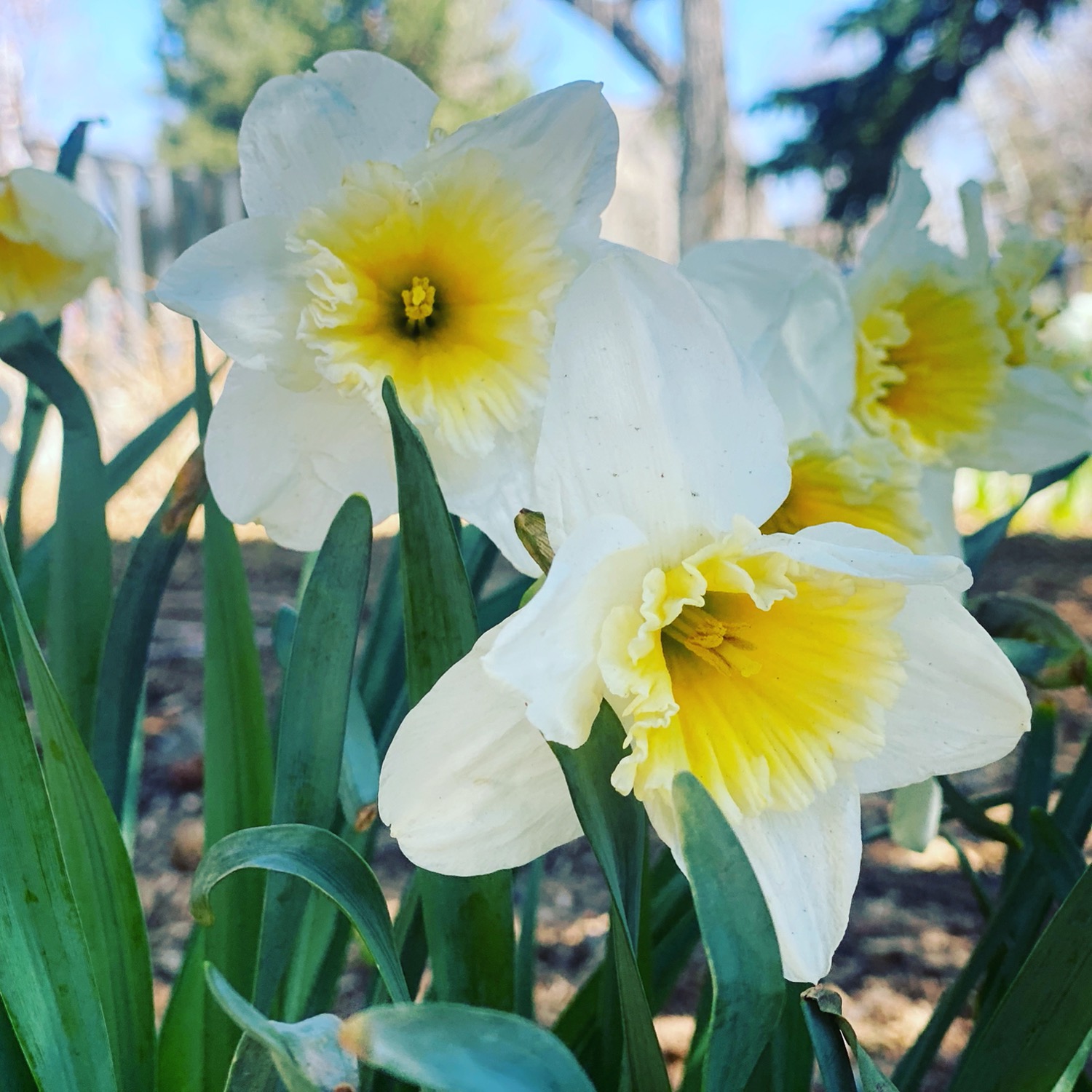Rose RootZone June 2023 Iss. 2: Can Bugs Be Managed?!
- Rose Roots Garden Leader

- Jun 26, 2023
- 4 min read
Now that our garden is going gangbusters, some of you may have noticed pesky ravenous insects are a part of organic gardening which have to be managed.
Gina Schley with She Grows Flower gardens (and one of Rose Roots garden founders) generously sprayed our garden with nematodes at the start of our season. Nematodes are an organic means of introducing "good" bugs to eat the larvae of the "bad" bugs before they hatch and eat our precious veggies. Here is a breakdown of what we know.

Nematodes
When to apply:
Nematodes are recommended for use whenever larvae are present—spring and fall. Look for first signs of an adult insect, such as leaf-notching. If adult insects are present, their eggs will be hatching soon. Best to make at least two applications, separated by 7-10 days to stagger the life cycles and ensure complete coverage. Late summer into early fall is also a good time so they’ll kill the soil-dwellers before they have a chance to overwinter. (so three applications total)

How to apply
They travel best when soil is moist; direct sunlight will kill them so plan for a cloudy and/or rainy day with temps between 45-95 degrees. If not raining, water the gardens thoroughly right before applying the nematodes. Soil should be moist, but not saturated or soggy. After you apply the nematodes, you should water the garden again so they have plenty of moisture to move around. Make sure the soil is moist for a week or two. If not cloudy, apply after the sun goes down in the evening.
Shelf life of only 14 days, so will need to apply shortly after delivered.
How long does it take to work
It takes only a day or two for them to start killing pests but a bit longer before you’ll notice a change. Should see a difference in about 2 weeks, as the merging adult populations slowly begin to decrease.

What kind should we use
Patty Sacks, Rose Roots gardener, Landscape Architect and Rose Roots Special Projects lead, mentioned Triple Threat—this will target squash bug and also many other pests.
Do squash bugs affect me?
Squash bugs primarily attack squash and pumpkins, though they can also attack other plants in the cucurbit family, such as cucumbers. Even if you aren’t growing any of these vegetables in your garden this year, because these bugs overwinter, you may still have them lurking in your garden.
And thus--squash bug prevention and management is a whole garden effort—even if you don’t personally grow squash in your plot, to effectively manage these pests, it takes everyone’s efforts!

Know your enemy: Life Cycle of Squash Bug
Adults overwinter and seek shelter under dead leaves, vines, rocks, and other garden debris.
As temperatures begin to warm in the spring (late May and early June), squash bugs emerge and fly into gardens where they feed and mate.
Egg laying soon begins and continues until midsummer with females depositing small bronze/black/gold eggs usually on the undersides and stems of leaves. Bugs start feeding and laying eggs first on the part of the plant closest to the ground.
Eggs hatch in one to two weeks and the young nymphs disperse quickly to feed.
Nymphs pass through 5 instars requiring up to 6 weeks to develop into adults. There is typically one generation per year.
Note: Because of the long egg laying period, all stages of this garden pest occur throughout the summer.
Prevention methods
Crop rotation: Because these bugs overwinter, it is important that you do not plant your squash/melons/cucumbers in the same spot as last year.
Grow vertically: Squash bugs prefer to hide among the plants on the ground and are less likely to conceal themselves in an upward trellis than in a squash mound or patch. Consider trellising your squash/melons.
Companion planting: beneficial insects that kill squash bugs are attracted to carrot, dill, parsley, alyssum, calendula, daisies, fennel, mustard greens, nasturtium, catnip, garlic, onion, radish, and marigolds.
Disposal: If your plants have had any squash bug infestation, when you remove these plants from your garden, do not put diseased plants in the compost. Important that these plants go to the dumpster.
Beneficial Nematodes: Applications of microscopic organisms found in soils throughout the world can be used to attack certain insect pests—including squash bugs. Nematodes parasitize insect pests that have soil dwelling larval or pupal stages and is an excellent organic option for squash bug management.
Attack methods
Trap squash bugs by laying out boards or pieces of cardboard—the bugs will group under the boards at night and you can collect and destroy them in the morning. To discard, drop them into a jar or similar container with soapy water.
Remove the eggs on the underside of the leaves with soapy water (and then discard) or remove the eggs with duct tape by sticking the tape on the eggs and pulling off. Just remember—the eggs will hatch even if not on the plant so make sure you get rid of them in soapy water!
Remember, just like weeds, pests are a part of gardening and while each season is different with different climatic controls, we can learn a lot just by observing our plants closely, talking with other experienced gardeners, and trying various organic methods of pest management to help our plants thrive.
Happy gardening!
Rose Roots Leadership Team






Comments